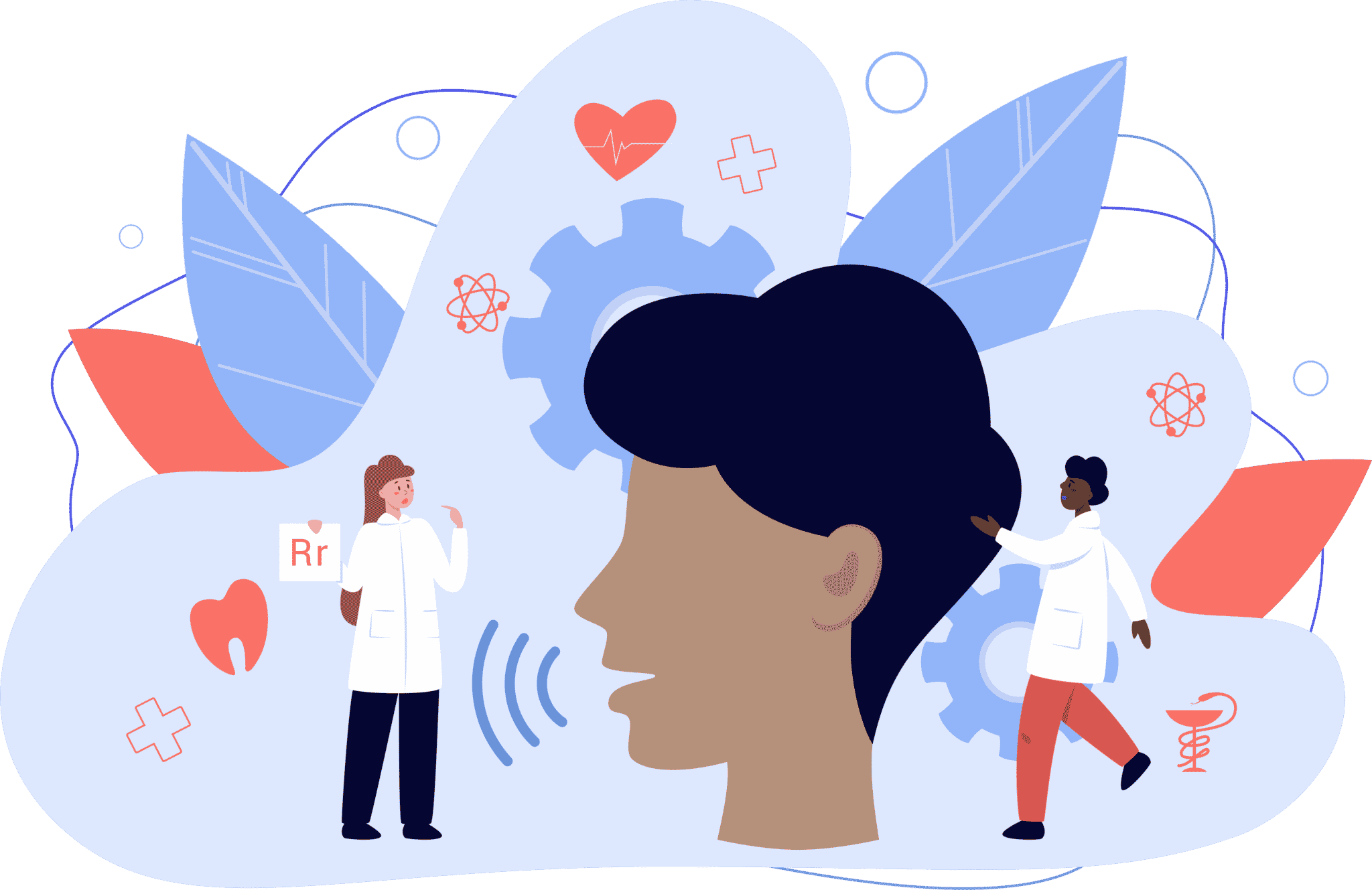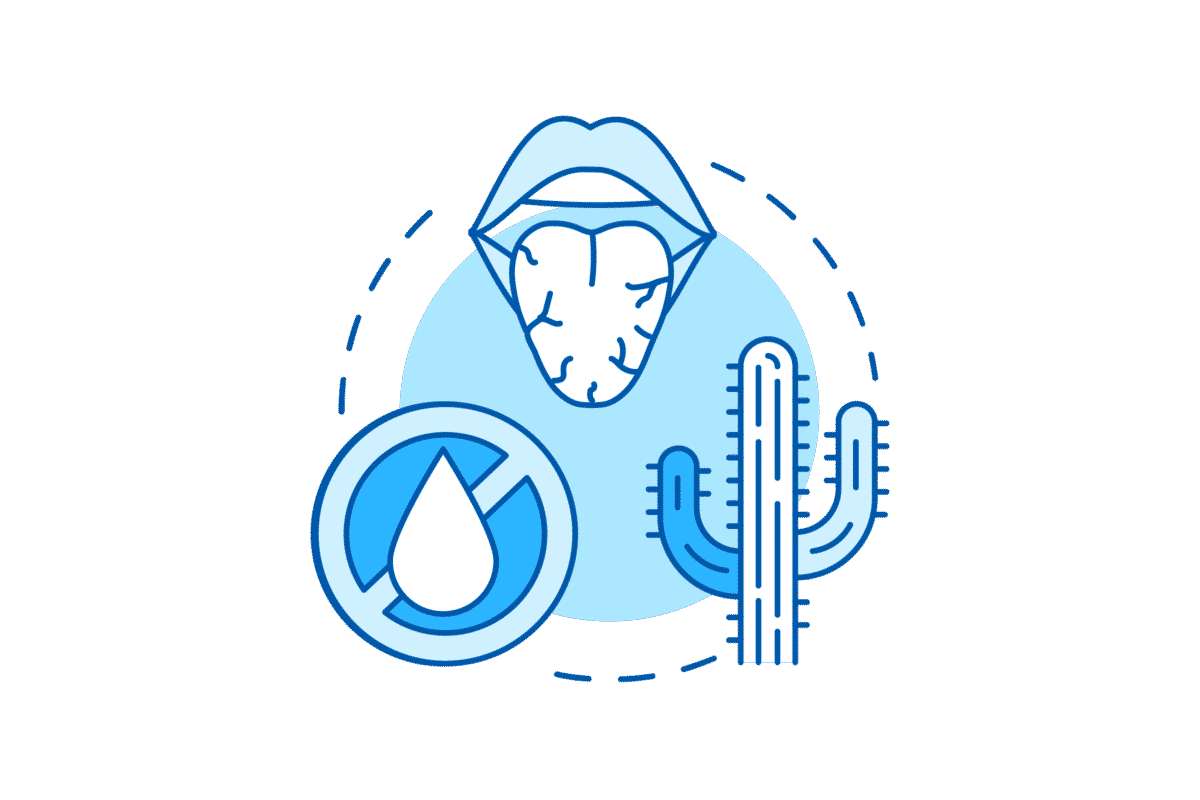
Relearning to Eat & Speak After Head & Neck Cancer Treatment
Head & neck cancer treatment can impact a patient’s ability to eat and speak. Learn great tips from physicians on how to regain speech and swallowing function.

As a head and neck cancer patient, you may not know what to expect after treatment. Surgery, radiation, or a combination of both can destroy head and neck tumors, but they may also impact speech and swallowing function. Your medical team can help you regain your ability to speak and swallow after treatment.
A speech language pathologist (SLP) can teach you techniques to strengthen your speech and swallowing mechanisms. With hard work and dedication, most patients see significant improvement in their speech and swallowing function after their head and neck cancer treatment.
Re-Learning to Eat After Surgery
Treatment for oral cancer can affect both your mouth and your throat. Surgery may involve the removal of teeth, tissue, muscles, and/or nerves. This could impact your ability to chew, swallow, or control the food and liquids in your mouth. Radiation can also lead to muscle fibrosis and a dry mouth (known as xerostomia), both of which make eating food more difficult. Dry mouth is a well-documented side-effect of radiotherapy, with multiple remedies that offer temporary relief.
Your SLP will work with you to address these issues. They may administer a swallowing test to identify the areas of your swallowing that need to be improved upon. Your SLP can coach you through various mouth and jaw exercises to maximize your recovery. They may also offer advice on other therapeutic techniques, such as:
- Modifying your food preparation.
- Using different techniques or strategies to help you swallow more efficiently and safely.
If needed, a dietitian can curate a diet of smaller, softer, nutritious foods compatible with your restricted function.
What Happens If I Need a Feeding Tube?
You may require a feeding tube depending on the location of your cancer and the effects of surgical or radiation treatment. Your doctor may place this tube before, during, or after treatment. A gastrostomy tube inserts directly into your stomach, while a nasogastric tube passes through your nose and into your stomach. In either case, you will likely only need your feeding tube temporarily. Most patients can remove their tube within a few weeks to months following their treatment. Others may require a tube indefinitely, though it is far less common.
You may feel uncomfortable with the thought of having a feeding tube, but it is important to remember that the tube is designed to help you! If used properly, your feeding tube will ensure you receive the nutrition you need to maintain a healthy weight. A clinical dietitian and SLP will assist you throughout the process. They may have you begin consuming soft foods and liquids as soon as possible, even while your feeding tube is in, so as to preserve the muscles required to eat. This is particularly important if you undergo radiotherapy, which can affect your range of motion when swallowing.
Re-Learning to Speak After Surgery
The vocal folds in your larynx (voice box) produce your voice, and your mouth is responsible for forming your voice into speech. Damage to either of these areas can affect your ability to speak clearly, and they each require different therapeutic strategies to restore their function. For patients who have undergone a total laryngectomy to remove their larynx, we recommend visiting our comprehensive “Life After a Laryngectomy” blog series.
A dedicated SLP will help you regain as much function as possible. If your treatment affected your oral cavity, they will provide you with stretching and range of motion exercises that activate those muscles. If other people have trouble understanding you, you may find it helpful to slow down your speech, intentionally pronounce each sound in the word, and even use gestures or pen and paper when needed.

5 Ways to Improve Your Voice
If you experience trouble with your voice—known as dysphonia—your SLP and clinician will assess your vocal cords by inserting a thin camera scope through your nose or mouth. This will allow them to develop individualized therapy for you. In general, the there are activities that can help relieve dysphonia.
- Hydrate.
- Rest your voice as much as possible.
- Avoid yelling (instead, reduce background noise when possible).
- Avoid smoking.
- Limit how often you clear your throat.
The Bottom Line
While most treatments for head and neck cancer alter your ability to eat or speak, your SLP and other members of your rehabilitation team can help resolve or lessen these complications. You can manage chronic side effects and loss of function with creative solutions and regimented therapeutic exercises.
















